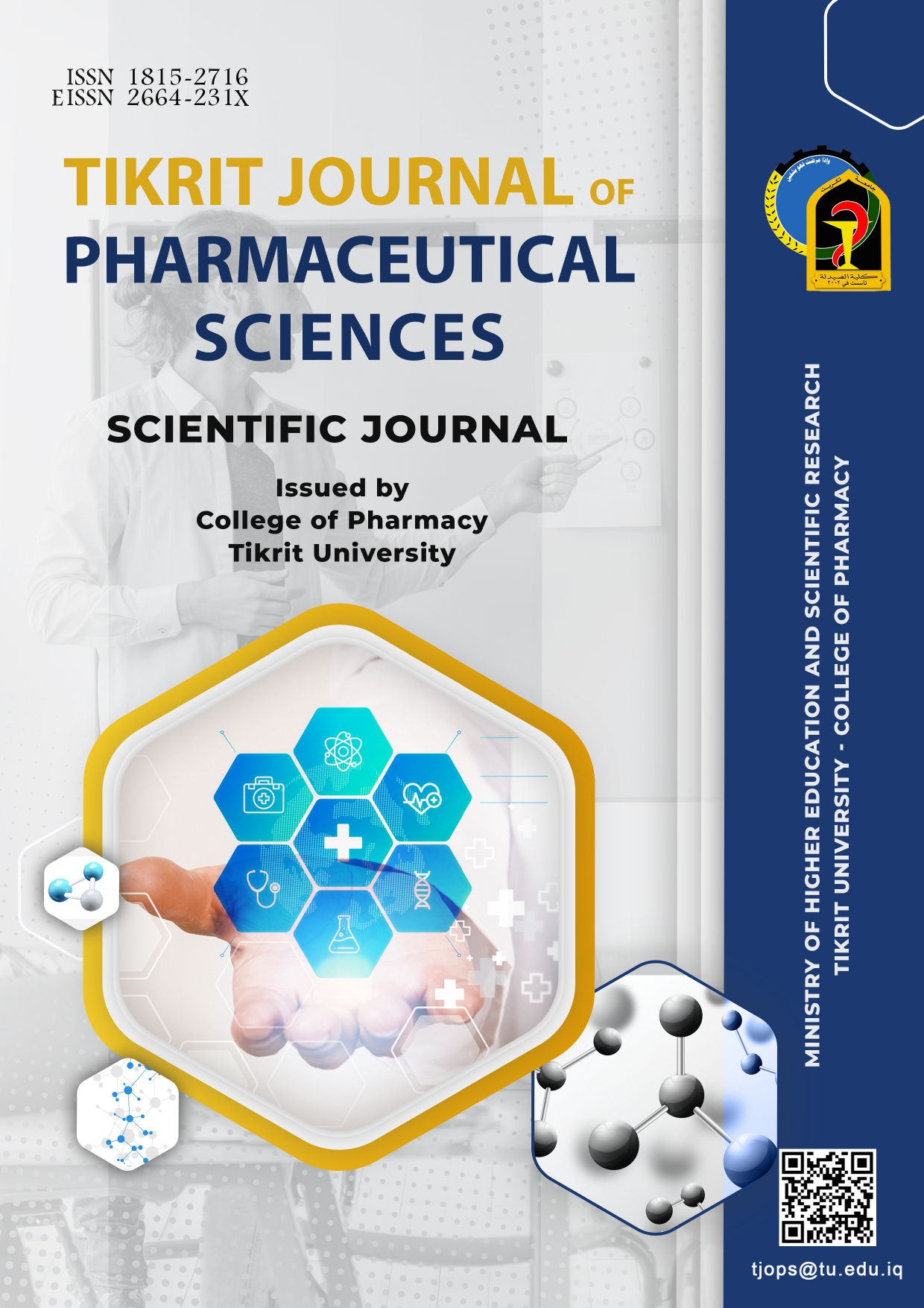Isolation, Identification, and Quantitative Evaluation of Caffeine from the Young Leaves of Green Tea (Camellia sinensis L.)
DOI:
https://doi.org/10.25130/tjphs.2025.19.1.8.76.84Keywords:
Caffeine, Green tea, Alkaloid, Separation, FTIR, Muroxide testAbstract
Background: Caffeine is a naturally occurring purine alkaloid that belongs to methylxanthine derivative. Caffeine exerts varying chemical and biological effects on humans. commonly characterized by central nervous system stimulant, qualities, and the ability to lower the risk of cardio metabolism and pain-relieving properties. It is mostly derived from different plants including Coffee arabica and Camellia sinensis (family Theaceae) which are also abundant in catechins and polyphenols.
Objective: This study aimed to investigate, isolate, and estimate the caffeine from green tea through a series of extraction and analytical techniques.
Methods: Green tea extracts underwent phytochemical screenings like flavonoids, alkaloids, terpenes, saponins, Tannins, and specific murexide chemical tests. Moreover, chromatographic and spectroscopic investigations were used to identify the isolated compound.
Results: The findings show the isolation of 0.097% of caffeine was successfully separated and isolated from the leaves of Camellia sinensis.
Conclusion: These results demonstrate that Camellia sinensis contains a significant amount of caffeine, supporting its role as a major dietary source of bioactive purine alkaloids.
Downloads
Published
How to Cite
Issue
Section
License
Copyright (c) 2025 THIS IS AN OPEN ACCESS ARTICLE UNDER THE CC BY LICENSE http://creativecommons.org/licenses/by/4.0/

This work is licensed under a Creative Commons Attribution 4.0 International License.
This is an open-access journal, and all journal content is available for readers free of charge immediately upon publication.






